Blackmail (1929 film)
8 /10 1 Votes
90% Rotten Tomatoes Genre Crime, Thriller Country United Kingdom | 7.1/10 IMDb Duration Language English | |||||||||||||||||||||||||||||||||
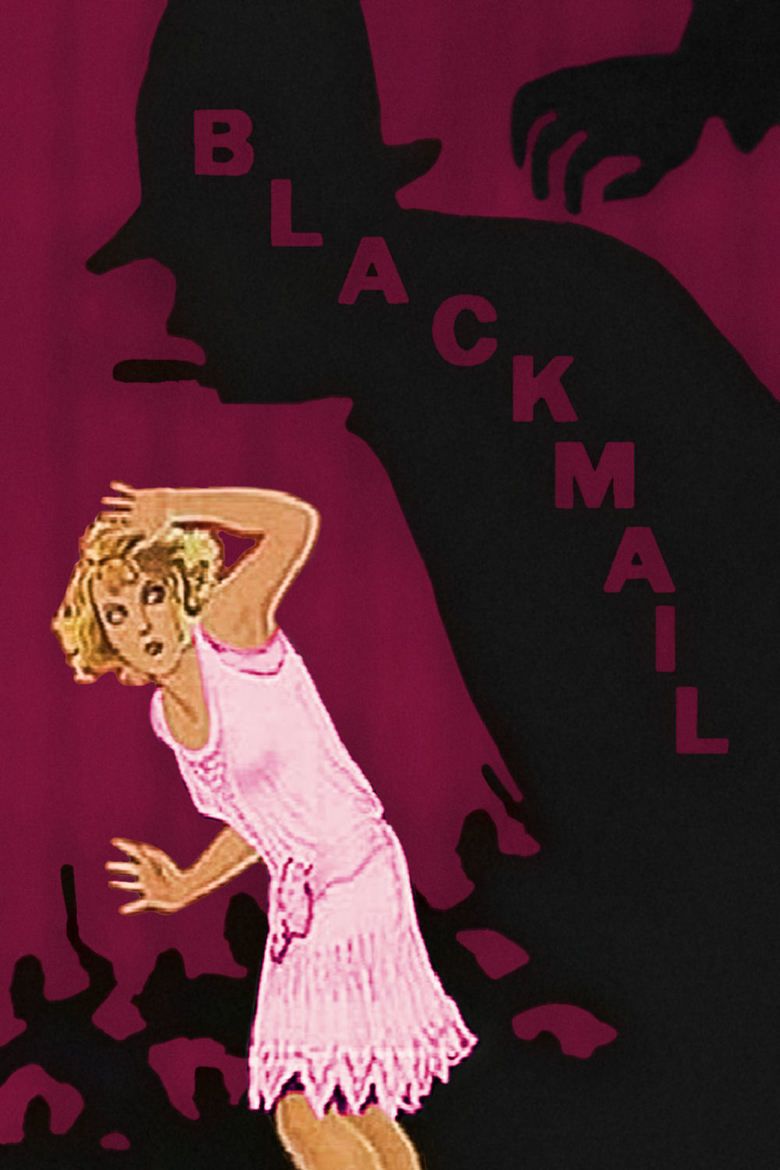 | ||||||||||||||||||||||||||||||||||
Release date 30 June 1929 (1929-06-30) (UK) Initial release June 30, 1929 (United Kingdom) Cast Anny Ondráková (Alice White), (Mrs. White), (Mr. White), (Detective Frank Webber), (Tracy), (Mr. Crewe, The Artist)Similar movies Blackhat , Mad Max: Fury Road , John Wick , Taken 3 , Run All Night , The Case of the Scorpion's Tail Tagline See and Hear It - Our Mother Tongue As It Should Be Spoken | ||||||||||||||||||||||||||||||||||
Hitchcock s blackmail 1929 the british museum pursuit scene
Blackmail is a 1929 British thriller drama film directed by Alfred Hitchcock and starring Anny Ondra, John Longden, and Cyril Ritchard. Based on the 1928 play of the same name by Charles Bennett, the film is about a London woman who is blackmailed after killing a man who tries to rape her.
Contents
- Hitchcock s blackmail 1929 the british museum pursuit scene
- Blackmail rare silent version alfred hitchcock 1929 murder scene anny ondra
- Plot
- Production
- Hitchcocks cameo
- Role in UK film history
- Blackmail test take 1929 alfred hitchcock bfi
- References
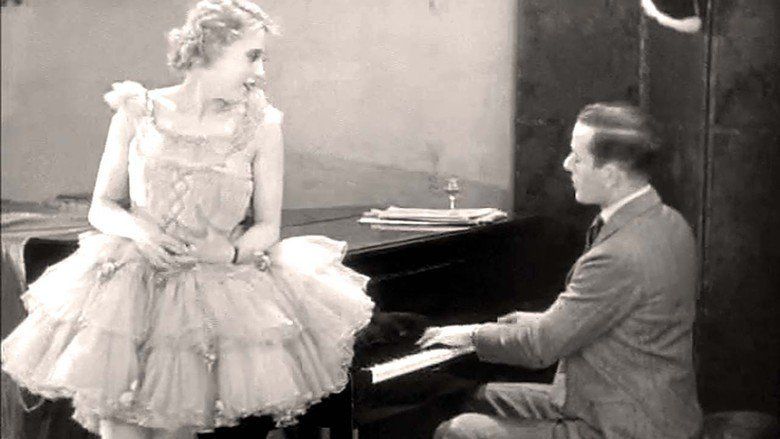
After starting production as a silent film, British International Pictures decided to convert Blackmail into a sound film during filming, becoming the first successful European dramatic talkie; a silent version was released for theaters not equipped for sound (at 6,740 feet), with the sound version (7,136 feet) released at the same time. The silent version still exists in the British Film Institute collection.
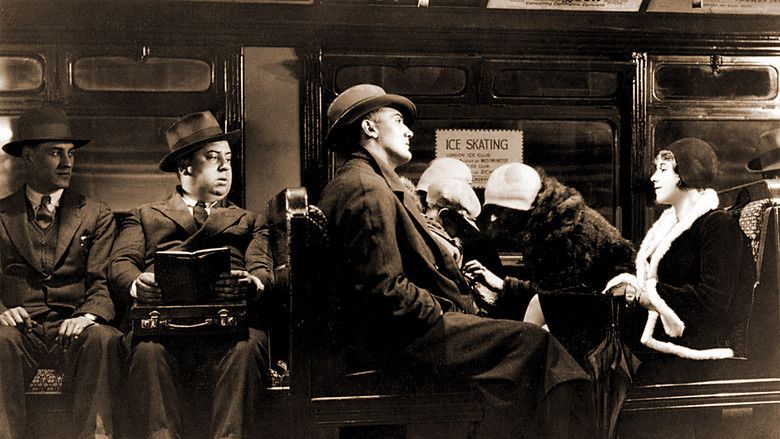
Blackmail rare silent version alfred hitchcock 1929 murder scene anny ondra
Plot

On 26 April 1929, Scotland Yard Detective Frank Webber (John Longden) escorts his girlfriend Alice White (Anny Ondra) to a tea house. They have an argument and Frank storms out. While reconsidering his action, he sees Alice leave with Mr. Crewe (Cyril Ritchard), an artist she had earlier agreed to meet.
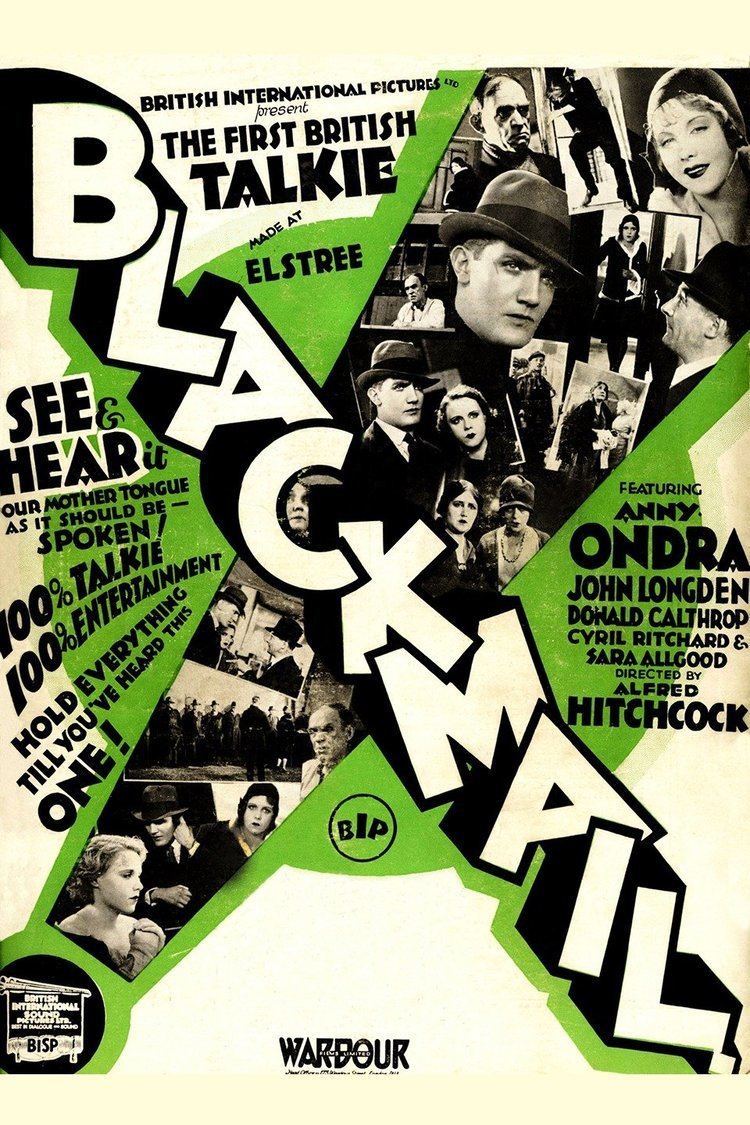
Crewe persuades a reluctant Alice into coming up to see his studio. She admires a painting of a laughing clown, and uses his palette and brushes to paint a cartoonish drawing of a face; he adds a few strokes of a feminine figure, and they both sign the "work". He gives her a dancer's outfit and Crewe sings and plays "Miss Up-to-Date" on the piano.
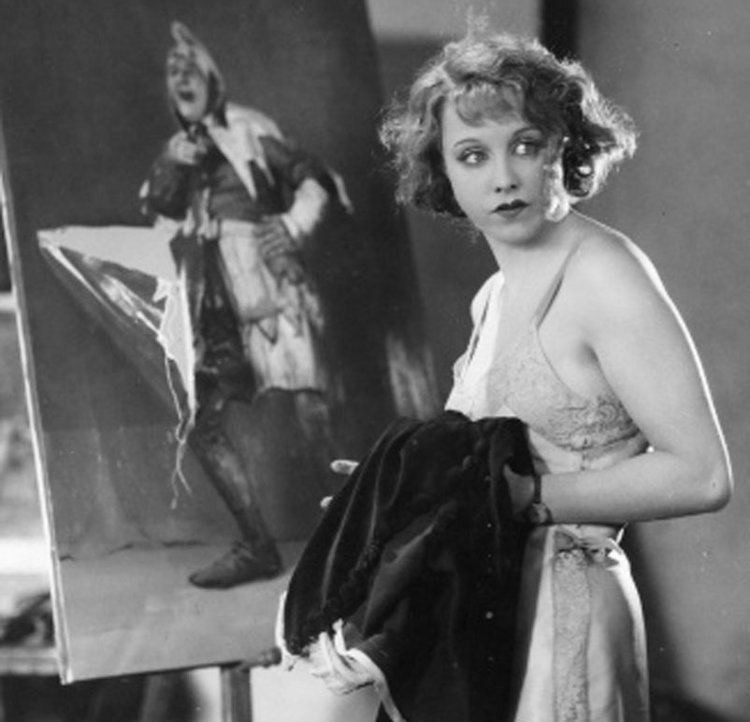
Crewe steals a kiss, to Alice's disgust, but as she is changing and preparing to leave, he takes her dress from the changing area. He attempts to rape her; her cries for help are not heard on the street below. In desperation, Alice grabs a nearby bread knife and kills him. She angrily punches a hole in the painting of the clown, then leaves after attempting to remove any evidence of her presence in the flat, but accidentally leaves a glove. She walks the streets of London all night in a daze.
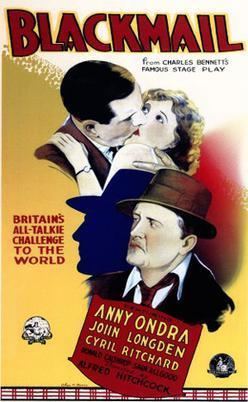
When the body is found, Frank is assigned to the case and finds Alice's glove. He also recognizes the dead man, but conceals this from his superior. Taking the glove, he goes to see Alice at her father's tobacco shop, but she is too distraught to speak.

As they hide from her father in a telephone booth, Tracy (Donald Calthrop), arrives. He had seen Alice go up to Crewe's flat, and he has one of her gloves. When he sees Frank with the other one, he attempts to blackmail them. His first demands are petty ones, and they accede. Frank learns by phone that Tracy is wanted for questioning: he was seen near the scene and has a criminal record. Frank sends for policemen and tells Tracy he will pay for the murder.
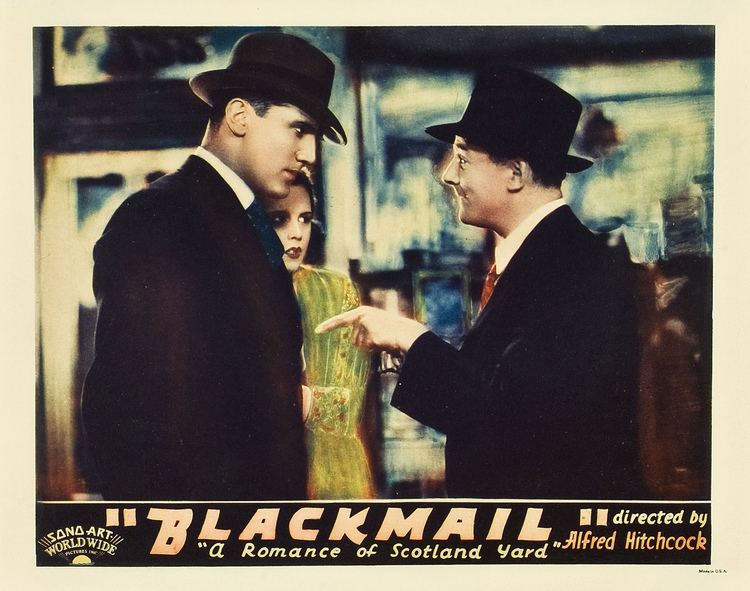
Alice is apprehensive, but still does not speak up. The tension mounts. When the police arrive, Tracy's nerve finally breaks and he flees. The chase leads to the British Museum, where he clambers onto the domed roof of the Reading Room and slips, crashing through a skylight and falling to his death inside. The police assume he was the murderer.
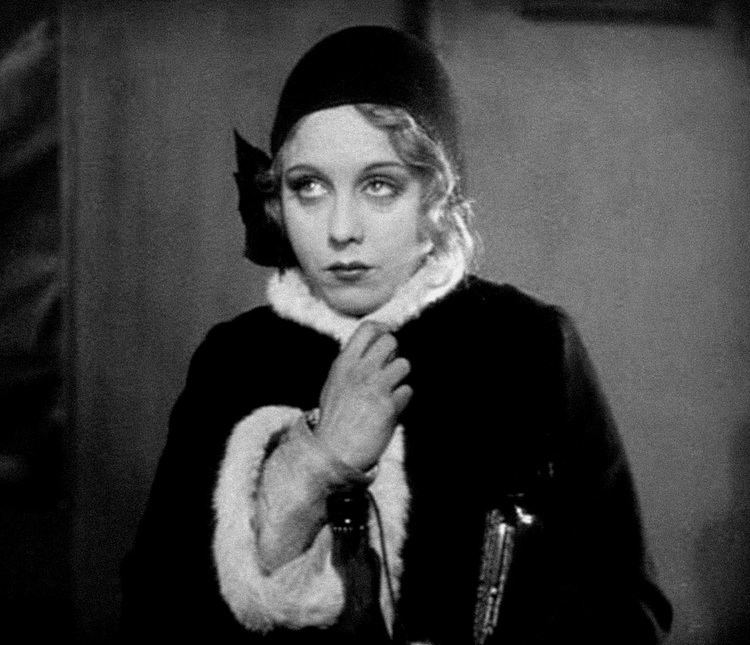
Unaware of this, Alice feels compelled to give herself up and goes to see the Chief Inspector at New Scotland Yard. Before she can confess to him, the inspector receives a telephone call and asks Frank to deal with Alice. She finally tells Frank the truth—that it was self-defense against an attack she cannot bear to speak of—and they leave together. As they do, a policeman walks past, carrying the damaged painting of the laughing clown and the canvas where Alice painted over her name and Crewe's.
Production

The film began production as a silent film. To cash in on the new popularity of talkies, the film's producer, John Maxwell of British International Pictures, gave Hitchcock the go-ahead to film a portion of the movie in sound. Hitchcock thought the idea absurd and surreptitiously filmed almost the entire feature in sound (the opening 6½ minutes of the sound version are silent, with musical accompaniment, as are some shorter scenes later), along with a silent version for theatres not yet equipped for talking pictures.
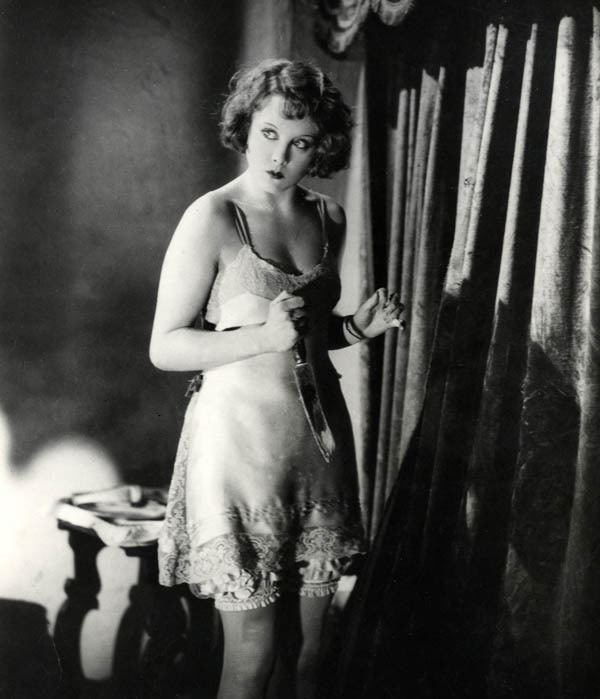
Blackmail, marketed as one of Britain's earliest "all-talkie" feature films, was recorded in the RCA Photophone sound-on-film process. (The first U.S. all-talking film, Lights of New York, was released in July 1928 by Warner Brothers in their Vitaphone sound-on-disc process.) The film was shot at British and Dominions Imperial Studios soundstage in Borehamwood, the first purpose-built sound studio in Europe.
Lead actress Anny Ondra was raised in Prague and had a heavy Czech accent that was felt unsuitable for the film. Sound was in its infancy at the time and it was impossible to post-dub Ondra's voice. Rather than replace her and re-shoot her portions of the film, actress Joan Barry was hired to actually speak the dialogue off-camera while Anny lip-synched them for the film. This makes Ondra's performance seem slightly awkward.
Hitchcock used several elements that would become Hitchcock "trademarks" including a beautiful blonde in peril and a famous landmark in the finale. Without informing the producers, Hitchcock used the Schüfftan process to film the scenes in the Reading Room of the British Museum since the light levels were too low for normal filming.
Two future directors worked on this production: Ronald Neame was as a "clapper boy" operating the clapperboard and Michael Powell took still photographs.
The film was a critical and commercial hit. The sound was praised as inventive. A completed silent version of Blackmail was released in 1929 shortly after the talkie version hit theaters. The silent version of Blackmail actually ran longer in theaters and proved more popular, largely because most theaters in Britain were not yet equipped for sound. Despite the popularity of the silent version, history best remembers the landmark talkie version of Blackmail. It is the version now generally available although some critics consider the silent version superior. Alfred Hitchcock filmed the silent version with Sam Livesey as the Chief Inspector and the sound version with Harvey Braban in the same role.
Hitchcock's cameo
Alfred Hitchcock's cameo, a signature occurrence in many of Hitchcock's films, shows him being bothered by a small boy as he reads a book on the London Underground. The small boy was Jacque Carter. This is probably the lengthiest of Hitchcock's cameo appearances in his film career, appearing from 10 min. 24 sec to 10 min. 44 sec. As the director became better-known to audiences, especially when he appeared as the host of his own television series, he dramatically shortened his on-screen appearances.
Role in UK film history
As an early "talkie", the film is frequently cited by film historians as a landmark film, and is often cited as the first truly British "all-talkie" feature film.
Earlier British sound films include:
In March 1929, Pin and Circle were trade-shown at the same screening for film exhibitors in London.
In a public poll, Blackmail was voted the best British movie of 1929. In the same national UK poll, the best films of their respective years were The Constant Nymph (1928), Rookery Nook (1930), The Middle Watch (1931), and Sunshine Susie (1932).
Notably the 1928 stageplay starred Tallulah Bankhead, who would later appear in Hitchcock's Lifeboat.
Blackmail test take 1929 alfred hitchcock bfi
References
Blackmail (1929 film) WikipediaBlackmail (1929 film) IMDbBlackmail (1929 film) Rotten TomatoesBlackmail (1929 film) themoviedb.org
